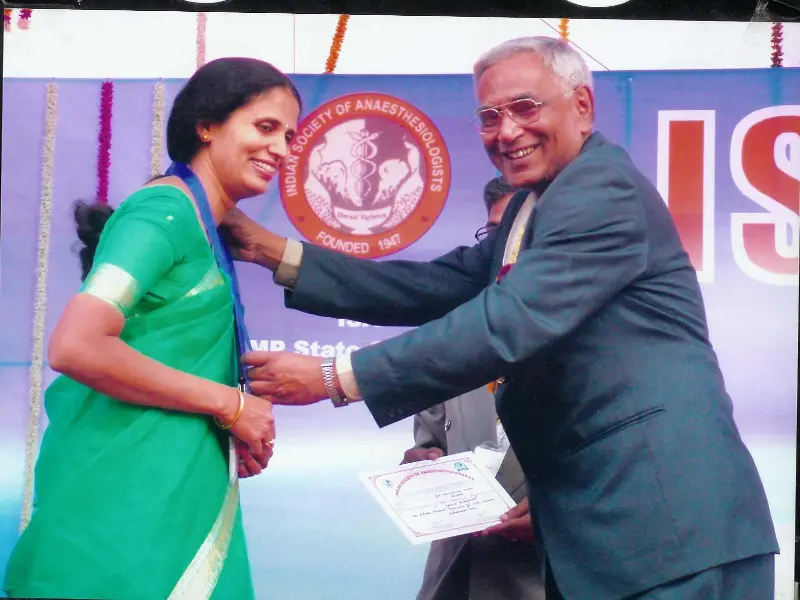Managing Pain After Surgery

Managing pain after surgery involves a comprehensive approach that often begins with anesthesia-related interventions during the surgical procedure. Anesthesia plays a crucial role in pain management by blocking pain signals and inducing a state of nconsciousness or sedation to ensure patient comfort during surgery. Here’s a description related to anesthesia and its role in managing pain after surgery:
Anesthesia is administered by skilled anesthesiologists or nurse anesthetists who carefully assess each patient’s medical history, current health status, and the nature of the surgical procedure to determine the most appropriate type and dosage of anesthesia. There are different types of anesthesia, including general anesthesia, regional anesthesia, and local anesthesia, each suited for specific surgical procedures and patient needs.
-
General Anesthesia: This form of anesthesia induces a state of unconsciousness and total loss of sensation throughout the body, allowing the surgical team to perform complex procedures without causing discomfort to the patient. General anesthesia is typically administered through inhalation or intravenous injection.
-
Regional Anesthesia: Regional anesthesia blocks sensation in a specific region of the body, such as an arm, leg, or the lower half of the body. Common techniques include spinal anesthesia and epidural anesthesia, which involve injecting anesthetic medication near the spinal cord to numb the area being operated on while the patient remains conscious or lightly sedated.
-
Local Anesthesia: Local anesthesia numbs a small, specific area of the body, such as the skin or underlying tissues. It is often used for minor surgical procedures or as part of a multimodal approach to pain management, complementing other forms of anesthesia or analgesia.
During surgery, anesthesia not only prevents the sensation of pain but also helps control the body’s physiological responses to stress and trauma, such as increased heart rate and blood pressure. This contributes to a safer surgical experience and facilitates smoother recovery.
After surgery, the effects of anesthesia gradually wear off, and patients may experience varying levels of pain and discomfort depending on the type and extent of the procedure. Anesthesia-related interventions, such as nerve blocks or epidural catheters, may be utilized to provide ongoing pain relief in the immediate postoperative period. Additionally, the anesthesiology team works closely with the surgical team and other healthcare providers to develop individualized pain management plans tailored to each patient’s needs.
In summary, anesthesia plays a vital role in managing pain after surgery by ensuring patient comfort during the procedure and facilitating a smoother recovery process. By employing a combination of anesthesia techniques and collaborating with other healthcare professionals, anesthesiologists contribute to comprehensive pain management strategies that optimize patient outcomes and satisfaction.
All these facilities related to Obstetric Anaesthesia & Analgesia, Anaesthesia for Laparoscopic Surgeries are available in Naval Nursuring Home near Railway line, Dutta chowk, Solapur
Remember, this blog post is for informational purposes only, and it’s essential to consult with a healthcare professional.















